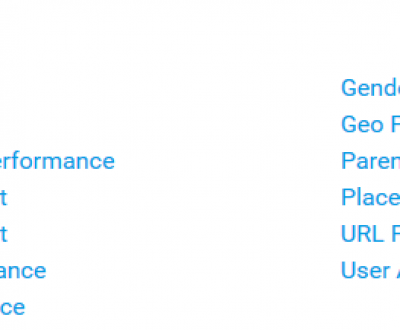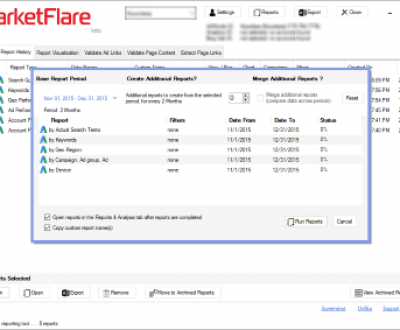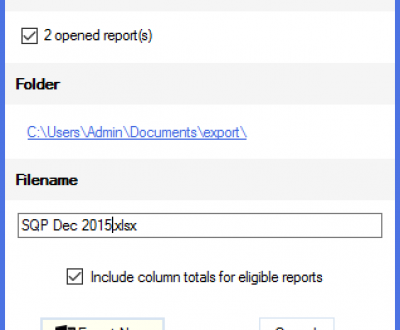E-Commerce SEO Tips
SEO for E-Commerce Sites
Search Engine Optimization best practices for e-commerce are necessary to competitively capture and to grow valuable Natural Search interest and related traffic. E-Commerce SEO techniques and information are always changing, and in this post we’ll share some current and useful on-page E-Commerce SEO tips.
Off-page E-Commerce SEO will be covered in a future post, so check here later to learn approaches beyond using Facebook, Twitter, and other social networks for link building. For instance, true content Affiliates that directly link to your site are powerful vehicles for building site authority.
Back to on-page E-Commerce SEO tips – the main pages / templates of your e-commerce site are usually your Home, Category (and subcategory), and Product Pages. These are the pages that you want to pay special attention to with regard to SEO.
Optimizing Distribution of your E-Commerce Home Page Rank
The pages linked most consistently from your Home Page are likely going to rank the best in the Search Engine Result Pages (SERPs). This is because your highest PageRank is probably assigned to your Home Page. In general it is good practice to keep all your pages within 2-3 clicks from the Home Page. Other best practices for E-Commerce Home Page SEO include:
- Use a pure CSS based design, and avoid HTML tables. This is more SEO friendly, and also will cause browsers to load the pages faster.
- The page navigation should be easily crawlable so use a JS or CSS-based navigation that spiders can crawl and avoid forms-based navigation.
- Make sure you use an H1 and H2 heading and subheading, but do not overuse these tags; use no more than one H1 tag per page that contains the main keyphrase related to that page.
- Keep content and links on the Home Page fresh with a dynamic category-based Top Sellers showcase featuring Best Selling items in your most popular categories.
- Optimize your link anchor text – avoid “more” and “view” type links and instead link the product name or part number; use title attributes in links (e.g. <a href=’/product_xyz’ title=’keywords here’>).
- Link to main Brand Showcase pages from the Home Page.
- As on all pages, your E-Commerce page titles are important; consider the keyphrases carefully but do not stuff keywords into the page titles.
- Optimize all your site images, and be sure to use Alt text for all your product images.
- Pay attention to your Internal Site Search – what are the top searches? Be sure to link to these products or results pages from your home page. You could put the top searches near your Search box.
Proper Linking & Redirects for E-Commerce Sites
- Make sure your Home page is linked to at your site root folder “/” and not at a page such as “default.aspx” or “index.html.”
- If your site is located at www.mystoredomain.com then create a 301 redirect from mystoredomain.com to www.mystoredomain.com.
- Avoid use of SessionIDs in URLs.
- Rewrite your URLs descriptively in a format that coincides with relevant keyphrases with a structure such as
- Product Page – /[product_name (first 6 words)]/[product_id]
- Manufacturer Page – /[manufacturer_name]/
- Category / Subcategory Page – /[category]/[subcategory]/[cat_id]/
- Internal Site Search – /find/[key+words]/
- If you have multiple URLs to the same page content then use the Canonical URL tag; with an absolute path; for example, in these cases:
- If you include the category name in the product URL and the product belongs to multiple categories; or,
- if there is a “print” version of the page; or,
- if your pages require SessionIDs.
Product Page SEO for E-Commerce Sites
Many of the above practices could apply to your Product Page template. Furthermore, on this page your content is especially important and optimizing around targeted, relevant product keywords can help you to rank better.
It is important that your e-commerce platform supports a keywords field for each product so that those can be strategically placed within your Product Page template.
Consider these questions for your Product Page:
- Is there a Heading Level 1 (H1) containing the main product title?
- In the product description, does the first sentence contain the main product keywords?
- Does the URL contain the product keywords?
- Are the desired product keywords proximate to one another?
- Are other product keywords towards the beginning of sentences?
- Are important product keywords in italics or bold?
- Are other product keywords present in the body text (not at beginning of sentences)?
- Where an image is used as a link, are Alt tags present?
- Does the meta Description tag contain the main product keywords?
- Do the meta Keywords tag contain the main product keywords first, followed by others?
- Are there product keywords in the last paragraph of the page?
- Do you show related products, with related product keywords as anchor texts?
Always avoid using product descriptions from manufacturers (otherwise, your pages will be penalized for “duplicate content”), and take time to develop quality content especially for your top products.
E-Commerce XML Sitemap
Does your E-Commerce platform generate an XML sitemap? This is necessary so that search engines can readily reach all the pages of your e-commerce catalog, especially all the sub-category and product pages. To add additional valuable and targeted pages into the Natural Search index, we suggest to include search result pages for your top site searches within the XML sitemap.
Last but not least among these e-commerce SEO tips, we recommend to use Google Webmaster Tools to monitor and control many aspects of your SEO activities.
Be sure to check MarketFlare later for coverage on off-page e-commerce SEO tips.
More from our blog
See all postsRecent Posts
- What are Google Google Ads Multi Attribution Reports? March 29, 2016
- Automated Google Ads Reports & More January 16, 2016
- Google Ads & Bing Ads to Excel Export January 14, 2016
Leave a Comment cancel
This site uses Akismet to reduce spam. Learn how your comment data is processed.







